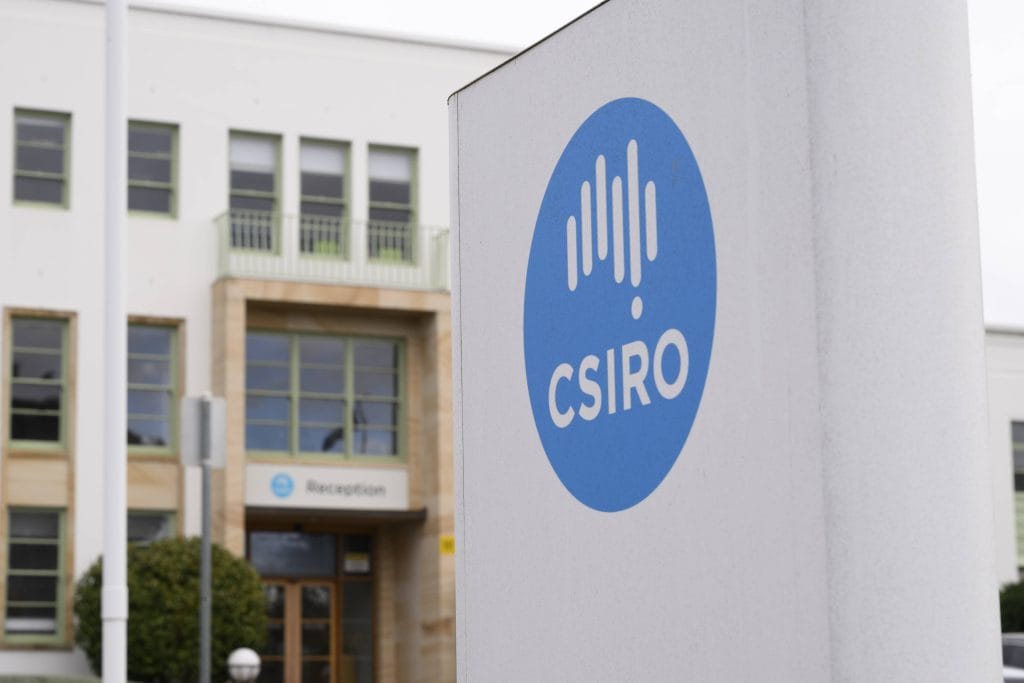CSIRO Roadmap Charts Australia’s Path to Large-Scale Carbon Removal by 2050

• CSIRO’s new roadmap identifies capacity for up to 330 Mt of CO₂ removals annually by 2050 using novel technologies.
• Developing a carbon dioxide removal (CDR) sector could help Australia meet its Paris-aligned net zero targets and expand participation in global carbon markets.
• Realising this potential will require large-scale investment, infrastructure, workforce development, and community engagement.
Australia’s Next Climate Frontier
Australia’s national science agency, the Commonwealth Scientific and Industrial Research Organisation (CSIRO), has released the Australian Carbon Dioxide Removal (CDR) Roadmap, outlining how a new generation of carbon removal technologies could help the country meet its mid-century net zero goals and position it as a key player in international carbon markets.
The report argues that to align with the Paris Agreement, emission reduction efforts alone will not be sufficient. Australia will need to remove between 133 and 200 megatonnes (Mt) of carbon dioxide annually by 2050. CDR, distinct from carbon capture and storage (CCS), focuses on extracting CO₂ already in the atmosphere rather than intercepting emissions at their source.
Emerging Technologies and National Potential
The roadmap assesses several high-potential approaches: direct air capture and storage, biomass carbon removal and storage, ocean alkalinity enhancement, and enhanced rock weathering. Together, these technologies could remove as much as 330 Mt of CO₂ per year by 2050 — far exceeding the amount required to meet Australia’s expected net removal needs.
While many of these methods are still nascent, the report notes that Australia’s geographic and resource advantages — from vast mineral deposits to renewable energy potential — give it a strong foundation to scale up. “Australia’s natural resources and renewable energy assets provide a unique value proposition for large-scale deployment,” said Dr Andrew Lenton, Director of CSIRO’s CarbonLock initiative and co-author of the report. He added that further advances, such as mineral carbonation, could enhance this position.

Economics, Infrastructure, and Global Opportunity
The roadmap acknowledges that costs for novel CDR technologies remain high, but it points to a rapidly shifting landscape. International pilot projects and early-stage deployments are proving technical feasibility and beginning to demonstrate pathways toward cost reduction.
“Across Australia and overseas, novel CDR projects are already active, demonstrating the viability of these technologies,” said Vivek Srinivasan, Associate Director at CSIRO Futures and a co-author. “There is an opportunity to further build a CDR industry in Australia, as costs fall and demand increases.”
If developed strategically, the sector could open new export opportunities through carbon credit generation and integration with international markets, particularly as global demand for high-quality carbon removals accelerates. Australia could leverage this to strengthen trade ties, diversify its economy, and align its industrial base with emerging decarbonization pathways.
RELATED ARTICLE: Australia Invests $10.4M in Sugarcane Waste-to-Fuel Projects to Cut Aviation Emissions
Policy and Community Frameworks
However, the roadmap cautions that technological and economic promise alone will not guarantee success. Scaling a CDR industry will demand coordinated investment in research, infrastructure, and workforce development, alongside clear regulatory frameworks and sustained public engagement.
CSIRO emphasizes that community participation — especially involving Traditional Owners — must be central. The roadmap calls for transparent consultation, equitable benefit-sharing, and culturally informed planning to ensure legitimacy and long-term acceptance.
The document also highlights the importance of collaboration across government, industry, and academia to create an environment that encourages innovation and de-risks private investment. Strong international partnerships will be essential to accelerate technology deployment and share best practices in governance, safety, and measurement standards.
Institutional Support and Long-Term Vision
The roadmap, developed in partnership with the Department of Climate Change, Energy, the Environment and Water, Google, Geoscience Australia, and state governments in South Australia, Western Australia, and New South Wales, builds on decades of CSIRO research in carbon management.
By quantifying capacity, costs, and next steps for CDR deployment, it aims to provide a foundation for policy and industry decisions over the next decade. The report positions carbon removal not as a substitute for emissions cuts, but as a necessary complement — a means to neutralize residual emissions from hard-to-abate sectors and maintain global temperature goals.
Global Implications
For Australia, the roadmap signals a pivot toward industrial diversification and climate leadership. For global policymakers and investors, it represents a case study in how resource-rich economies can translate scientific research into commercial-scale decarbonization solutions.
If successful, the effort could allow Australia not only to meet its domestic climate obligations but also to export carbon removal capacity — turning a long-standing challenge into a new national asset.
Follow ESG News on LinkedIn











